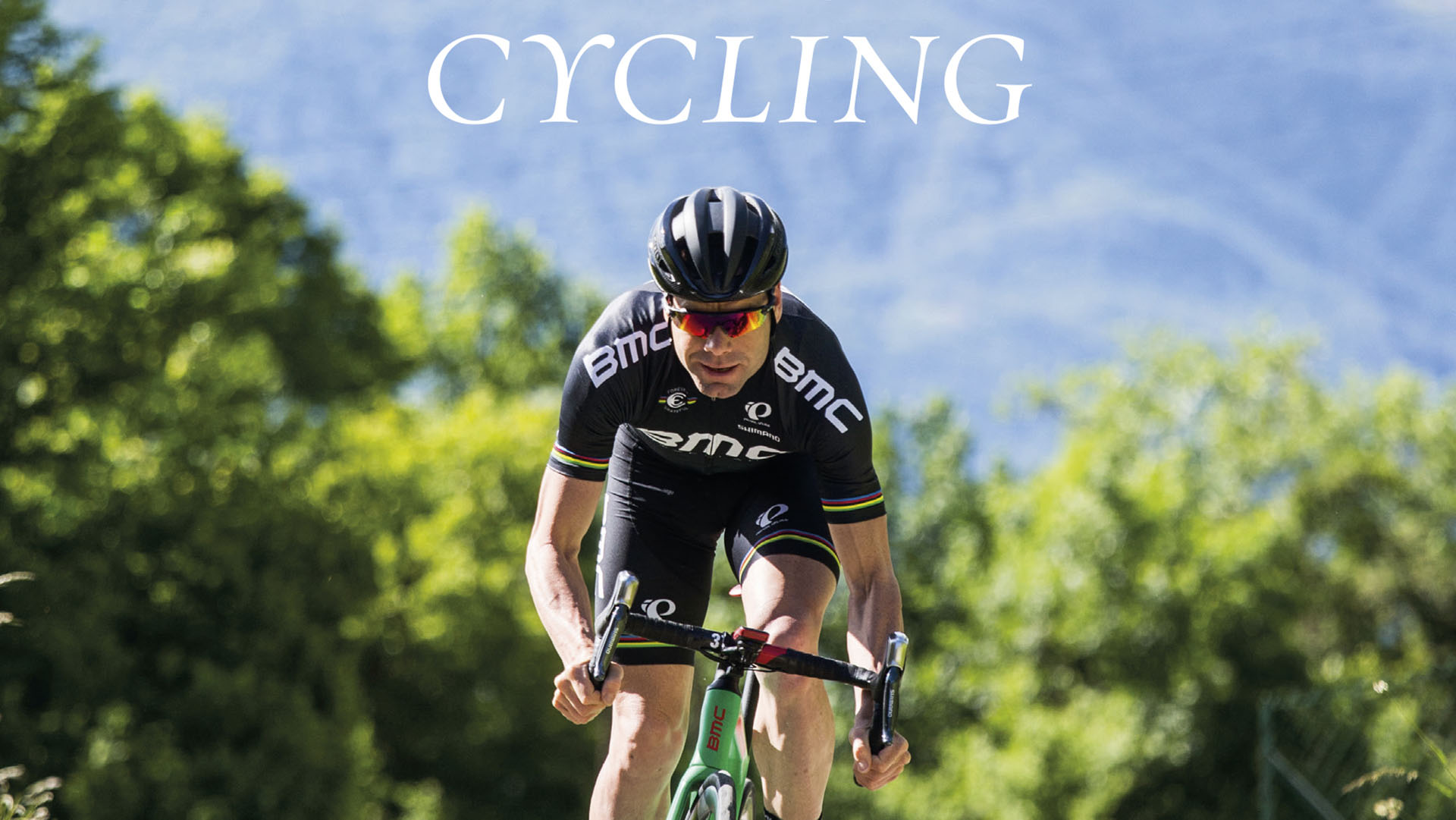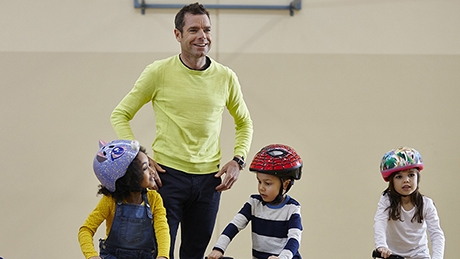-
Cycling legend and Medibank ambassador Cadel Evans had plenty to reflect on when it came to writing his autobiography. Over a 20-year career, he rode in 750 professional races, racking up success after success.
The Art of Cycling by Cadel Evans delves into the many challenges, triumphs and frustrations of a life on the road – from the red dirt of Katherine to the podium in Paris. We caught up with Cadel to learn a little more about how he found the process of penning his life story.
Your book was two years in the making. Where do you start trying to capture your life and career on a page?
It took quite a while to bring the whole manuscript together. The first part for me was getting comfortable with the level and depth of the book; how detailed and how personal the book would be. I also had to really learn how to really 'write' again. Finding the correct environment, the right times of the day and a good routine to be able to bring together a reasonable quality and quantity of text that is the body of the book. It took me a while to get to that level.
When it came to reflecting on your achievements, what parts of your life were the easiest to write, and what were the most challenging?
As this book reinforces to me, writing is very therapeutic, so being able to reflect so thoroughly gave me a broader perspective of my sport and even my career to a certain extent. I have a reasonable recollection of the races and many of the events – especially the big races as I have already spoken about them so much already.
At a certain point, you have to draw a line between disclosing feelings and what is personal. I feel the book is quite personal, but I know every word is going to be scrutinised and many are going to ask for more detail and disclosure of personal information, opinion, and probably even accusations. I tried to avoid being opinionated about my competitors and events wherever possible. I preferred to communicate what I saw and what I felt, and let the reader come to their own conclusions.
"Writing is very therapeutic, so being able to reflect so thoroughly gave me a broader perspective of my sport and even my career."
What do you hope readers take away from what you’ve written?
I hope they have a greater insight into being an elite cyclist of course, but also I hope they have a greater perspective of the intricacies of the sport to have a greater understanding of racing and training, and be able to appreciate the sport more, regardless of whether the readers are spectators or participants.
How has your retirement from professional cycling provided perspective on a sport that attracts so much media attention?
That was a big part of my motivation to write the book – to gain perspective on my career, and where it fitted into my life. To step away from something that has consumed almost my entire adult life can potentially be difficult. I hope that writing helps me make this transition to the next chapters of my life.
What other autobiographies, sport or other, have inspired you professionally?
I am not actually a big autobiography reader. I have read a few, some from sports people, but I prefer biographies about various subjects, explorers, musicians, politicians and activists; people whose efforts had an effect on their world or the world as a whole.
The Art of Cycling by Cadel Evans is published by ABC Books and is available at all good bookstores and online.
Cadel Evans on the art of cycling

-
Everything you need to know about parkrun
Been wondering what a parkrun looks like? Where do you go? What do you do? How do you sign up? Find out here.
-
Five ways to exercise when on a budget
You don’t need to spend money on gym memberships just to meet your fitness goals. Here are five free ways to stay healthy and active when you’re living on a budget.
-
How parkrun changed my life
Christie Farrow went from being an exercise-phobe to a true blue runner with parkrun.
-
Australia's top female athletes unite on ACL injury
Some of Australia's most talented athletes have joined forces to highlight the unique injury challenges women face.
-
How to create your perfect summer fitness plan
Be inspired by the sunshine and get moving
-
The essential foam rolling routine
Improve posture and flexibility with this essential foam rolling routine. Discover effective stretches to ease muscle tightness and enhance your daily movement.
Subscribe to receive the best from Live Better every week. Healthy recipes, exercise tips and activities, offers and promotions – everything to help you eat, move and feel better.
By clicking sign up I understand and agree to Medibank's privacy policy






